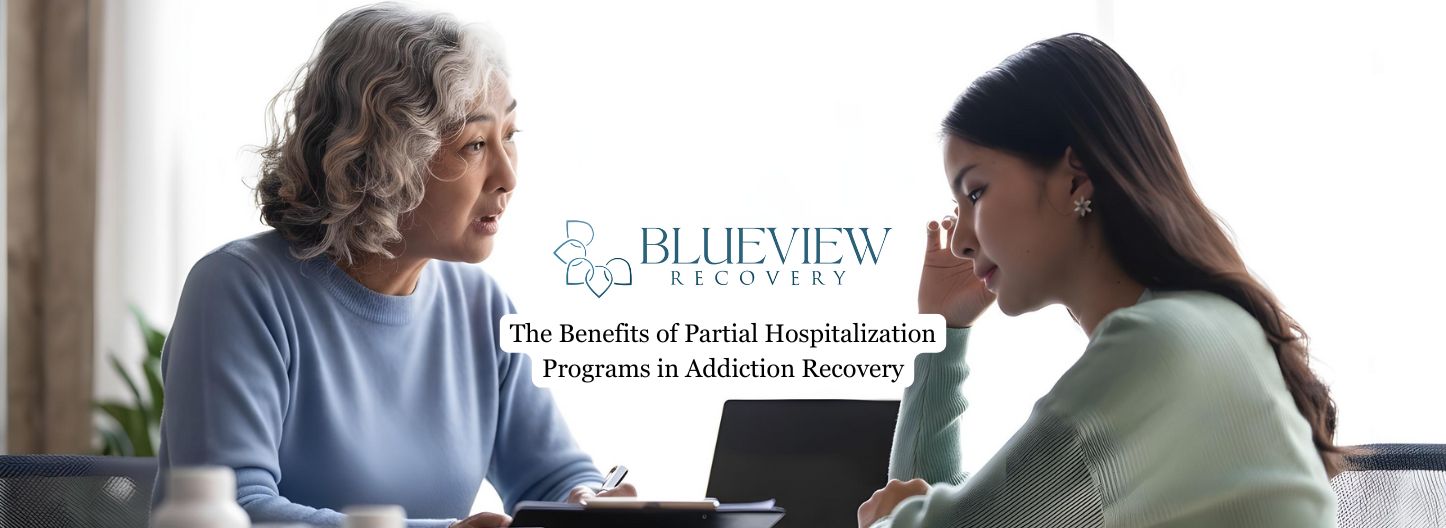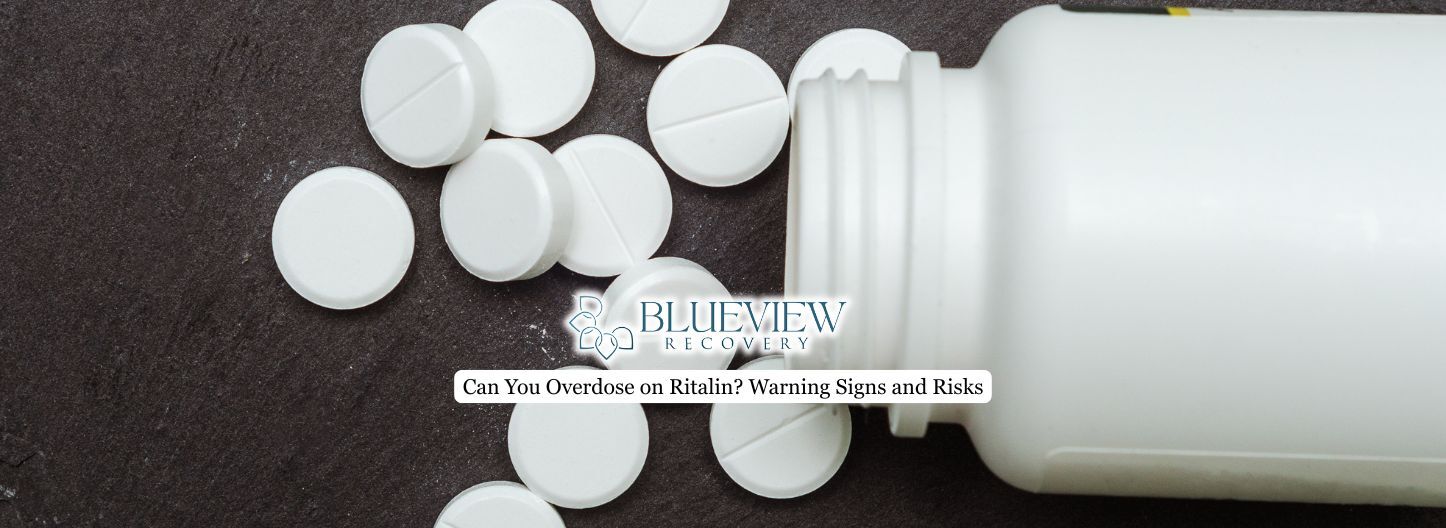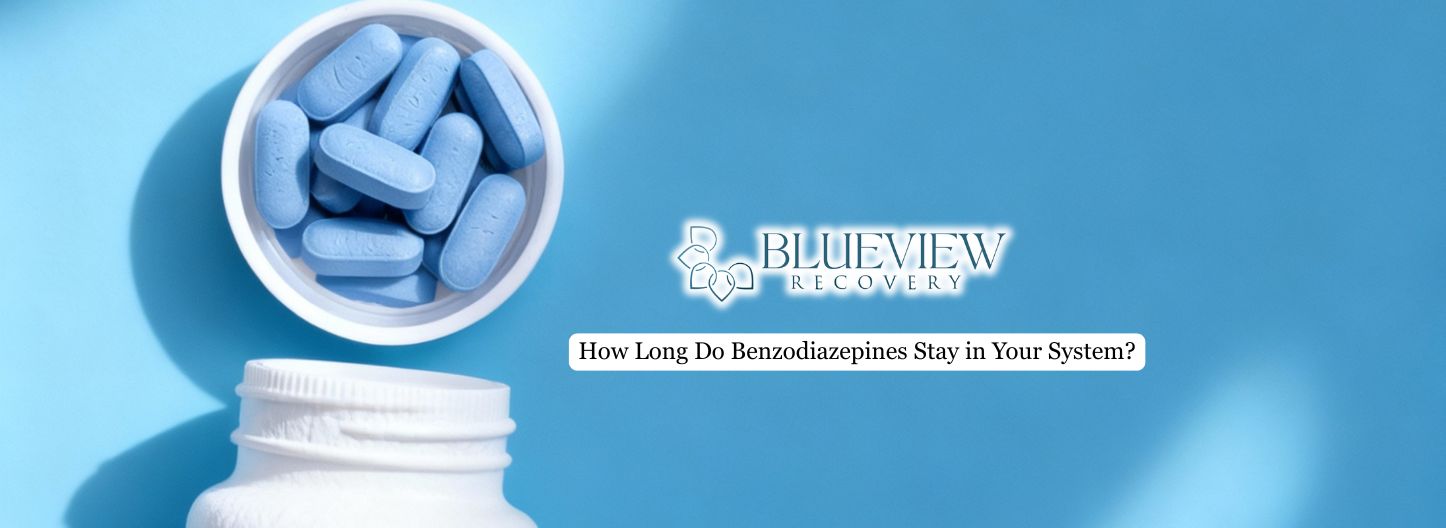Telehealth has reshaped the landscape of addiction treatment, turning what was once a location-dependent process into a more accessible, flexible form of care. With the aid of digital technology, individuals can now receive comprehensive recovery services, including counseling, medication-assisted treatment, and support groups, without the need for in-person visits.
This article explores the expansion of telehealth in substance use treatment, how it compares with traditional care, and the benefits and limitations of remote delivery models.

Removing Geographic and Structural Barriers to Care
One of the most notable impacts of telehealth services in addiction treatment is improved access to care—particularly for individuals in rural areas or underserved regions. The expansion of telehealth during the COVID-19 pandemic significantly increased access to addiction treatment services, allowing more patients with opioid use disorder and other forms of substance use to begin or continue care without traveling to treatment facilities.
Prior to the pandemic, telehealth service utilization for addiction care was limited. However, during the pandemic, regulatory changes facilitated the use of telehealth platforms across the country. This shift enabled treatment providers to connect with patients via telehealth, regardless of location. As a result, treatment access increased substantially, and studies began to show improved treatment retention and treatment outcomes when services were delivered via telehealth platforms.
At our facility, we’ve extended this model through our virtual Intensive Outpatient Program, offering flexible, clinically robust addiction treatment that patients can access from home. Whether you’re in the city or surrounding areas, our telehealth IOP provides evidence-based care, structured support, and professional guidance—making recovery more accessible without compromising quality.
Remote Medication-Assisted Treatment (MAT) Options
A key development in addiction care has been the remote delivery of medication-assisted treatment (MAT). Patients with stimulant use disorder, for example, can now access medications such as buprenorphine or methadone through telehealth sessions. These are critical components of evidence-based treatment for this challenge, and the ability to receive them remotely has removed longstanding barriers to continuity of care.
OUD treatment delivered via telehealth has proven to be effective and safe. The flexibility of accessing medication for opioid use disorder through audio-visual or even audio-only formats ensures that more individuals receive timely interventions. Research has also indicated that patients receiving medication-assisted treatment for opioid use via telehealth were less likely to experience fatal overdoses, making it a vital tool in opioid treatment programs.
Virtual Support and Engagement in Recovery
The integration of telehealth into addiction recovery has also changed the way individuals access mental health services and peer support. Online support groups, digital recovery communities, and virtual 12-step meetings provide individuals continuous access to encouragement and structure, often beyond what is available in traditional in-person treatment settings.
Engagement with telehealth services has been linked to increased accountability and treatment retention. These platforms offer patients tools to set recovery goals, track progress, and stay connected to therapists and peers.
The mental health services administration has emphasized the role of telehealth in addressing co-occurring conditions, such as anxiety, depression, and trauma, that often accompany substance use. This integrated approach has become a cornerstone of effective substance use disorder treatment services.

Addressing Stigma and Enhancing Privacy
Stigma remains a major barrier to seeking help for addiction. Telehealth eliminates many of the social and logistical hurdles associated with visiting treatment facilities. Patients can now participate in addiction treatment services from the privacy of their own homes, reducing exposure to public scrutiny and supporting early intervention.
The discreet nature of telehealth services may also encourage those hesitant to enter traditional substance abuse treatment to engage in care. This has been especially true during the pandemic, when the rapid expansion of telehealth services coincided with rising demand for both health treatment and mental health support.
Cost, Coverage, and Insurance Policy Shifts
The cost of healthcare services has historically limited access to addiction treatment. However, the shift to telehealth has prompted significant cost savings by reducing the need for transportation, facility overhead, and related expenses. Insurance plans now cover telehealth addiction treatment at rates comparable to in-person services, improving financial access to care.
Recent changes by the Department of Health and Human Services and reimbursement policies have supported the expansion of telehealth services in addiction. These policy updates ensure that telehealth treatment is financially sustainable for both treatment providers and patients, further embedding telehealth into long-term strategies for addressing substance use disorder.
Challenges and Limitations of Telehealth in Addiction Care
Challenges and Limitations of Telehealth in Addiction Care While the use of telehealth has brought substantial benefits, there are still challenges and limitations of telehealth in addiction treatment. Not all individuals have access to the necessary technology or a private space for treatment sessions. In addition, certain clinical services—such as detoxification or residential treatment—still require in-person treatment and cannot be fully replicated via telehealth platforms.
There are also ongoing discussions about the effectiveness of telehealth versus in-person care in some cases. For certain patients, particularly those with complex or severe substance abuse and mental health needs, in-person services may provide more comprehensive support. Treatment providers must therefore evaluate individual cases and determine when telehealth services may or may not be appropriate.
Final Thoughts from Blueview Recovery
Telehealth has become a viable and effective method for delivering addiction treatment, offering advantages in accessibility, safety, engagement, and cost-effectiveness. As a standalone approach or part of a hybrid treatment plan, it helps bridge gaps in care for individuals who may face barriers to traditional in-person services.
At Blueview Recovery, we offer a full continuum of addiction treatment services, including our Virtual Intensive Outpatient Program (VIOP) in Philadelphia, PA, a flexible, clinically grounded option designed to provide real-time support while allowing clients to receive care from the comfort of home. Our VIOP is rooted in compassion, connection, and clinical excellence. Clients engage in live sessions with a dedicated care team, receive timely feedback, and follow a treatment plan that evolves alongside their recovery journey.





